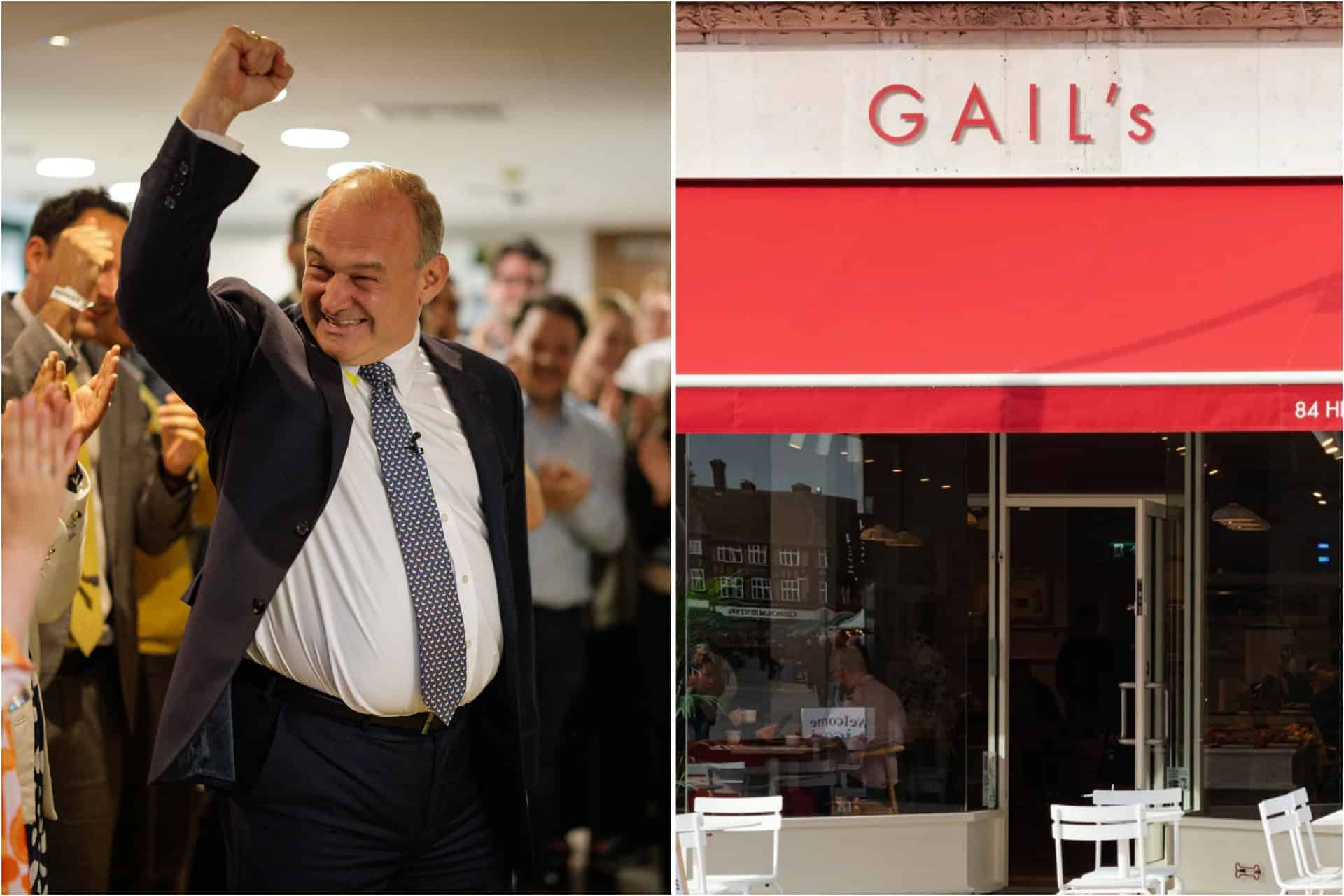
The Liberal Democrats managed to return a record number of MPs in the General Election by focusing their campaigning efforts on areas that had a Gail’s bakery.
Sir Ed Davey welcomed his party’s 72 MPs to Parliament on Tuesday after a busy period of campaigning which saw him take part in a number of dare-devil activities.
The tally is the highest number of Liberal or Lib Dem MPs for more than a century, with the party securing victories in former Conservative strongholds in the South West and South East.
According to reports in the Economist, strategists working for the party had one simple rule when it came to deciding where to deploy resources.
“Any town outside London with a Gail’s had activists hurled at it”, the newspaper reported.
The result was a “vote of extreme efficiency”, with the party receiving record numbers of MPs despite its vote share on 2019 being down.
Speaking to broadcasters in Parliament, Sir Ed said he was confident the Liberal Democrats’ weight of numbers would mean “our voice will be heard”.
He said: “We will keep championing Liberal Democrat policies in our manifesto.
“We called it a fair deal for people and we want that fair deal delivered in Parliament.”
Sir Ed added: “I’ve been in Parliament a little while. If you have great arguments, great ideas, it’s great when the Government steals them.
“I’m very happy for great Liberal Democrat ideas to be stolen.”
He also stressed the party would continue to focus on health and social care, a subject of personal importance to Sir Ed who cared for his mother as a teenager and now cares for his disabled son.
Related: Starmer drops bank holiday hint if England win Euros